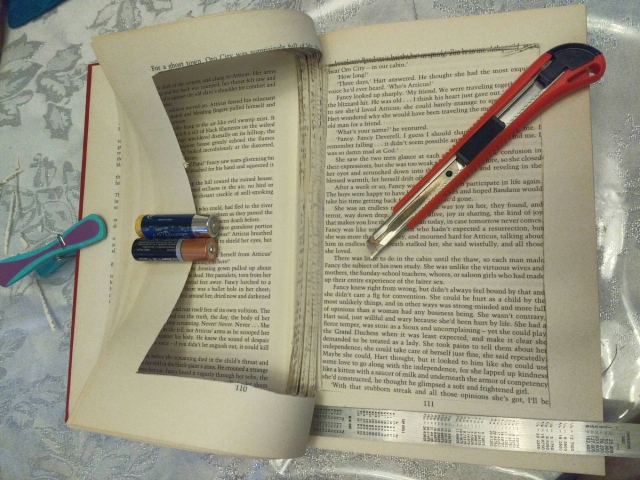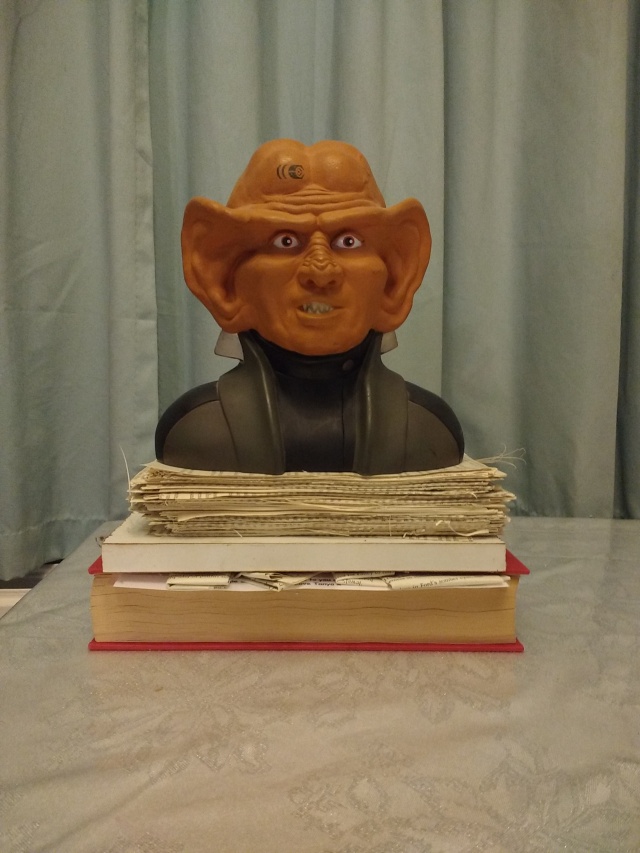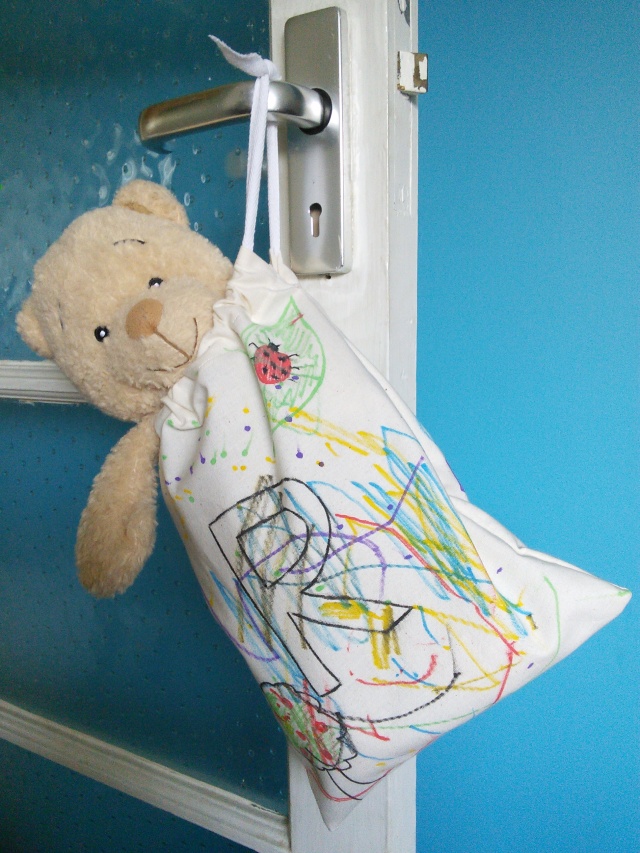OK, so if you follow me on Instagram you’ll have seen a sneaky preview of this project (along with a promise to get this post written last week, but, you know, life and stuff…) And here it is!
The idea for this actually came from an excellent book I bought big brother for Christmas, called “The Boys Book of Things To Make”.

If you have a little boy I can highly recommend tracking down a copy of it, it’s fab! Full of fun craft projects and aimed at just the right level for kids to get involved with.
But this book safe isn’t only a good project for kids, it’s actually quite a good idea to have around the house. My husband is already planning on hiding things (credit cards, passports, etc) in it when we’re away. I might have to make another one for him to avoid arguments 😉
For this project you will need:
One large, hardback book
Craft knife
Ruler
PVA glue
Paintbrush
Open the book and flip passed the first few pages, the idea being that it’ll look like a regular book to a casual observer (this is hilarious if you’re 3 apparently!). Then with the ruler and craft knife you need to start cutting out the centre of the remaining pages. As a rough guide the outside edge of the text area is an ideal line to follow. You don’t want to cut too close to the edge of the pages otherwise your book safe won’t be strong enough to hold anything without buckling.
You won’t be able to cut through all the pages in one go, so find something heavy to weigh down the cut pages after you’ve turned them.
This is the long part, especially if you’ve chosen a 600+ page book… 😉 So if you’re doing it with a little person, don’t be surprised if they lose interest a little at this point.
Don’t worry if your craft knife slips a little while you’re cutting, as long as it isn’t on the first page you won’t be able to see it when you’re finished.

Continue until there are roughly 10 pages left at the end of the book. Then put down your craft knife and retrieve your small person for the next fun part 🙂
The final part of the project is to glue the cut pages together to create a solid box in which to hide your treasures. Pour a little of the PVA glue into a dish and water it down with slightly less than the same amount of water. Mix until you have a thinned glue mixture and paint it liberally onto the insides and outsides of the cut pages of your book.

Place something non stick between the cut and glued pages and the first pages in the book (you don’t want them to stick together otherwise it defeats the purpose somewhat!). Close your book and weigh it down to dry, this will help the pages to stick.
Meet our ferengi. He’s full of pennies so is nice and heavy for the job!
Leave overnight and repeat the gluing process if necessary. And now you have your very own secret hiding place!











